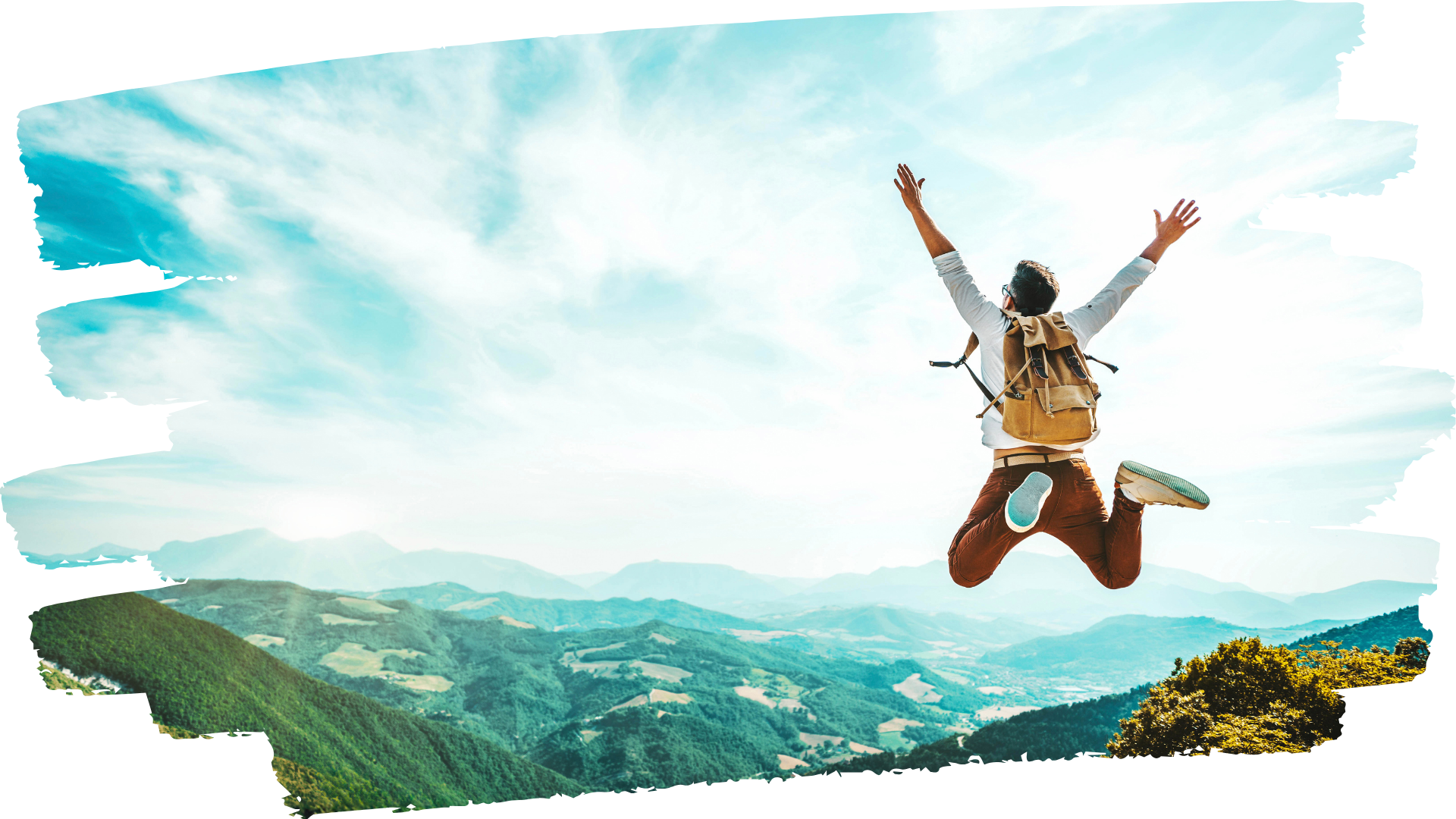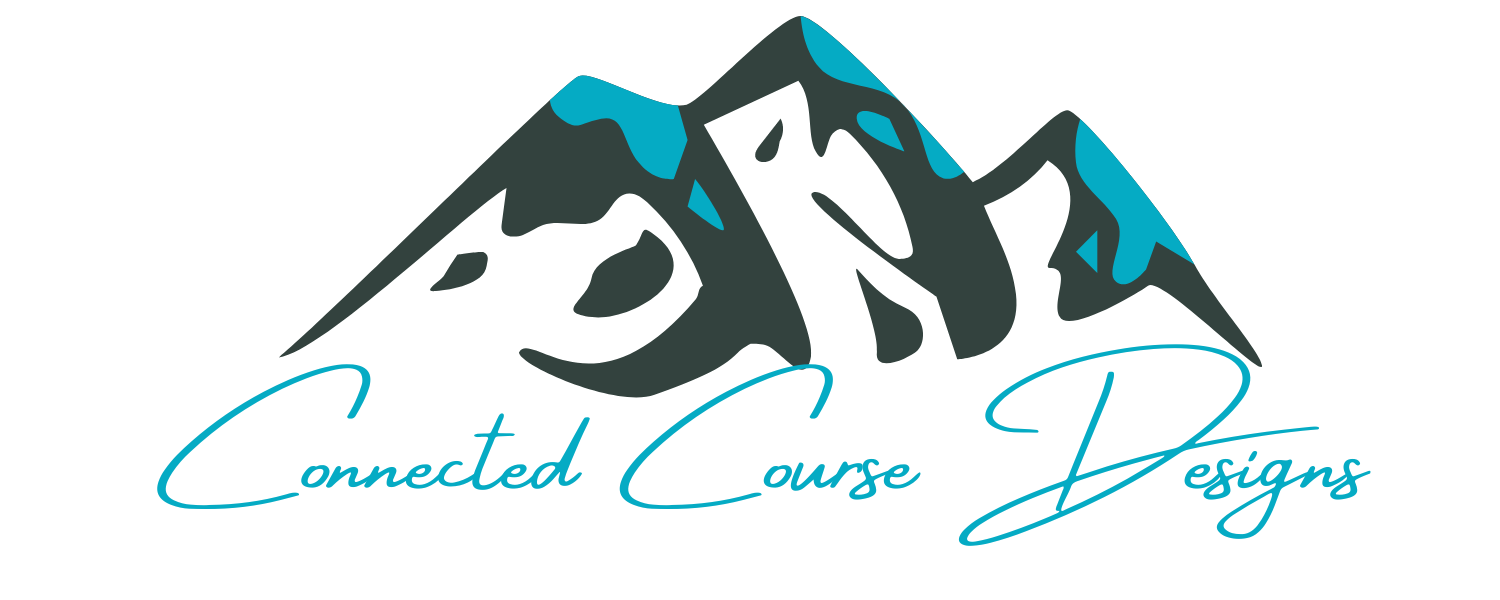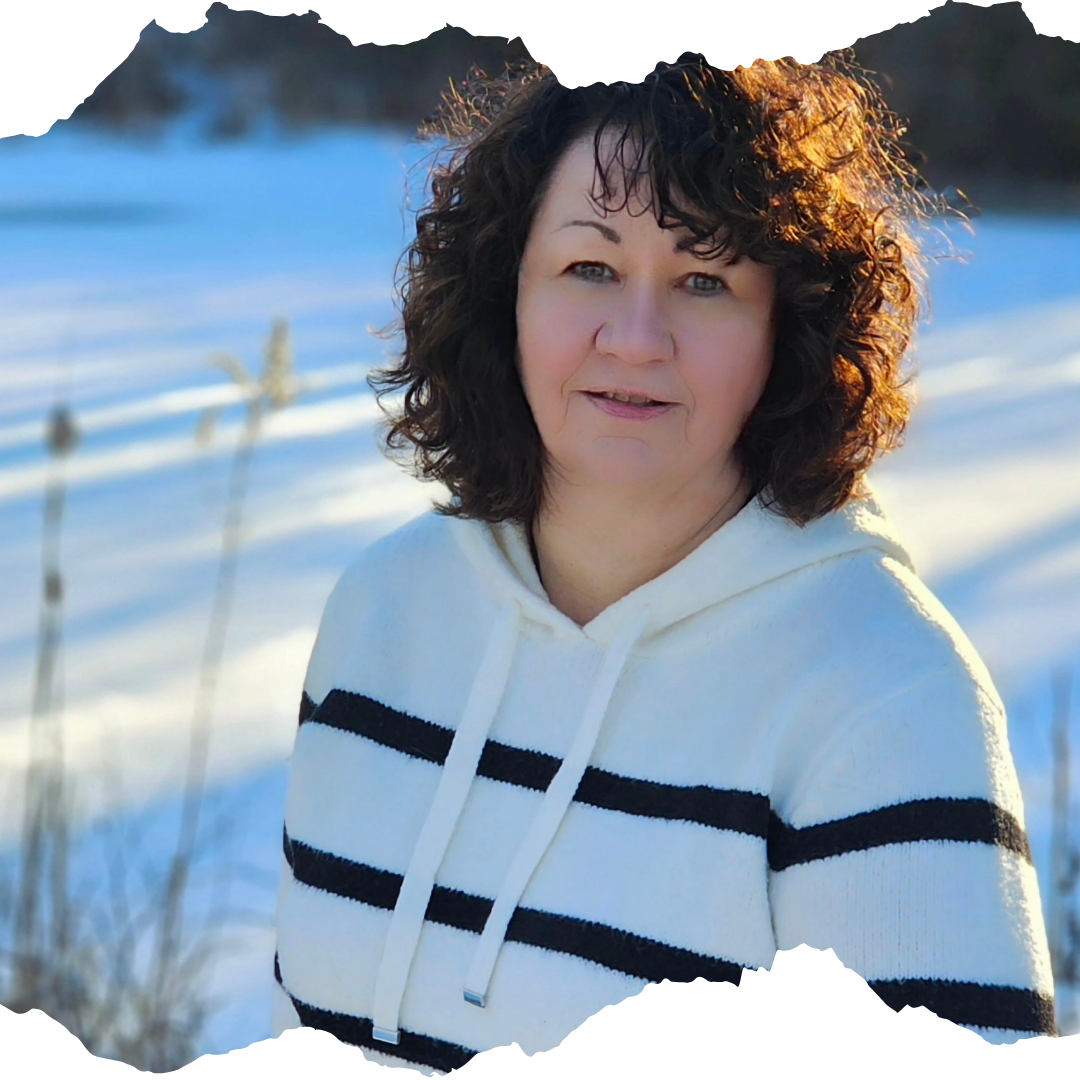
My kayak was turned over in the lake, and I was hanging upside down, underwater.
I was practicing rolling my sea kayak at a local lake, and I’d just failed to roll the kayak back up after intentionally flipping it over. (For sea kayaking, one wears what is called a spray skirt which attaches you to the kayak at the cockpit and keeps you in the kayak unless you release it.)
No problem; I reset my paddle and position and tried again. This time I came back up and took a deep breath of success and oxygen.
I learned the many steps of the Greenland rolling style of a kayak by working with various trainers over several years. One generally starts by learning some positions on land and then starts practicing in the water with someone guiding you.
Now, I want you to imagine learning something like that from a book. Hard to imagine, isn’t it? I know someone who did, but he is an exceptional person.
Clearly, this is something best taught in person. Watching video demonstrations would make it possible as well, but perhaps not ideal. Next would be learning the steps and positions from an animation. Then static images, and finally text-only instructions would likely be the least effective method.
This shows some of the options we have for teaching people things. We consider those and choose the ones that will be most effective for the content we are learning.
For example, learning the steps for factoring a quadratic equation, as we covered in the previous Trail Markers’ blog, can effectively be explained with text-based instructions, examples, and practice opportunities.
You have the summit learner destination and all of the trail marker destinations identified, now it’s time to make sure learners reach them. Think of it as loading up a backpack with everything your learners need to successfully get to those destinations. I call it the backpack checklist.
Ask yourself: What content and presentation will help my learners successfully reach each trail marker?
What content topics must I cover? What resources support the content? Diagrams? Written instructions? Worksheets? Photos? Video lessons? The list is almost endless.
This is why starting at the summit is so critical. It is what ensures you don’t try to put everything into your course. You only put in the content and resources that give your learners what they need to be successful for each trail marker one at a time.
It’s tempting to put in extra information, especially when it’s interesting. For example, exploring how the form and style of an Inuit skin-on-frame kayak is well suited to Greenlandic rolling is incredibly fascinating with a rich history, but knowing that information wasn’t going to help me right my kayak when I was hanging upside down among the fish and aquatic plants. My summit destination was to roll a kayak. Only information that supported that needed included in my training.
My most important trail marker on the way to that summit destination was first and foremost learning how to exist the kayak when wearing a skirt in case one has to bail. The supporting content for reaching that trail marker, known as a wet exit, was:
- Being shown in person how to put on and take off the spray skirt (this could also be done by video or with diagrams)
- Practicing putting on and taking off the spray skirt above water
- Practicing being comfortable hanging out under water, under supervision
- Practicing taking the spray skirt off under water and exiting the kayak, under supervision
As you can see, including eight paragraphs on Inuit kayaking history isn’t necessary; it doesn’t support reaching the trail marker goal.
Likewise, if you are hiking to a mountain summit on a day hike, you don’t need to include a tent in your backpack, but you do need a map, water, snacks, and other essentials. What you put in the pack is dependent on the destinations. If one of those trail marker destinations is a lake, you might pack a swim suit and towel; otherwise, it would be silly to put them in your backpack.
For learning to knit a scarf, resources to support learning to cast on might be:
- Text-based instructions
- Video demonstration
- Graphics of each step
- Checklist of all the steps
Create a checklist of everything that supports each of your trail marker destinations you identified in the previous step. For text-based content, list the main points that needs to be communicated to the learners.
I encourage you to stop right now and create a draft of that checklist for each of your trail markers you drafted previously.
Now you are ready to create the course trail map which is next week’s blog and step 4 of the 5 steps of the Summit-First Framework.
Want a fillable worksheet and guide?
In the free Summit-First Framework course, I provide you with a fillable worksheet and form to guide you through all 5 steps. If you haven’t registered yet, you can do by filling out the form below.
Would you like more guidance on how to create your Backpack Checklist?
Watch for the launch of the course Backpack Checklist: Summit-First Framework Step 3.
Sign up for my mailing list below to know when new courses are available.

